 The smartphone market is decidedly competitive. Every manufacturer tries hard to make their products stand out. In the case of the YotaPhone 2, the company Yota Devices has decided to put two displays on it, winning several awards along the way. Two big displays, an AMOLED one on the front, and an e-ink one on the back. Is two better than one?
The smartphone market is decidedly competitive. Every manufacturer tries hard to make their products stand out. In the case of the YotaPhone 2, the company Yota Devices has decided to put two displays on it, winning several awards along the way. Two big displays, an AMOLED one on the front, and an e-ink one on the back. Is two better than one?
The dual display certainly makes the YotaPhone 2 very unique. It’s not difficult to see that the always-on secondary e-ink display on the back, which won’t consume power like a regular display, can serve a useful purpose. So, when an evaluation set came by, I was eager to find out how the YotaPhone 2 will work for me.
The first thing that struck me when I was opening up the YotaPhone 2 is about the packaging. Indulge me as I digress to talk about packaging for a couple of moments. (Or just skip forward if you’re not interested.)
You see, most phones these days are packed in somewhat similar styles. They are not bad, but just not outstanding. The OnePlus One I reviewed last year was pretty outstanding, in my opinion. Now, the YotaPhone 2 is another one that I’m pretty impressed with.
The box itself looks classy. Not outstanding per se. It’s what’s in the box. Opening it up, you see it unfolds into three compartments. The back of the YotaPhone 2 faces out, and that graphic you see is, of course, from the e-ink display, not something printed on the plastic protector.
Notice how there’s a proper space for everything. The tiny SIM eject tool, for example, is in the bottom left. It has its own box and foam protection. The SIM eject tool has a sleeve, as you can see in the photo below, in the top centre.
Every accessory seems to be very well made. Look at the number of silicone sleeves provided for the earbud headphones! The plastic protector on the front of the YotaPhone 2 points out where the SIM slot is, so that you can quickly get started using the phone without checking out the manual.
Oh yes, you’d need that tip to locate the SIM slot, because it is very cleverly hidden. Where would that be? It’s under the volume button. You actually eject the volume button. The SIM tray is attached to the volume button. Look at it below!
If you thought the volume button seems a little bent from the SIM tray, that’s because the button is a rocker, it is designed to be move. I am quite awed about the idea of the SIM tray hidden behind the volume rocker.
The YotaPhone 2 itself is a monoblock. With two big displays, theres no space for any battery door. The front of the phone is a beautiful slab of Corning Gorilla Glass 3. No visible branding at all on the front. The 5 inch AMOLED screen fills up much of the surface, offering full HD 1920×1080 resolution. The black speaker grill at the top sits very flush to the surface, and there’s a 2.1 MP camera next to it.
At the bottom, you’ll find dual speaker grills, presented as finely machined holes on either side of the Micro USB port.
On the right side of the phone, there is a power button, and the volume rocker above it. As I mentioned above, the SIM slot is hidden behind the volume rocker. If you notice, there hole in the volume rocker is where you insert the SIM eject tool to pop out the volume rocker.
The top of the YotaPhone 2 contains just the 3.5 mm audio jack. Incidentally, the included earbud headphones are something I’d replace right away. The inline remote and microphone may be useful to some, but the audio quality coming out of the headphones are, shall we just say, not good. Fortunately, few people who care about audio quality of their headphones actually care about headphones that come with their smartphones.
There’s nothing on the left side of the phone. The nothingness is nice. Incidentally, notice how the layer of glass on the front of the phone extends right up to the edges all around.
I’ve saved the most unique side of the phone for the last. The back. That’s where you’ll find the 4.7 inch e-ink display. It supports full capacitive touch too, so it’s not just for looking at, you can also touch and interact with the screen. This display supports 960×540 resolution, 16 levels of gray, and protected by Corning Gorilla Glass 3 too. The e-ink display has a 0.12 sec refresh rate.
The e-ink display may be the centre of attraction, but let’s not forget that there’s a 8 MP main camera with LED flash on the back too. There’s no back cover, for obvious reasons, so the battery is not removable, and there aren’t any SD card slots.
The YotaPhone 2 feels really awesome to hold in the hands. Measuring 144.9 x 69.4 x 8.95 mm and weighing 145 g, the phone is really quite compact, relatively thin, and has just enough heft to feel good. The curved edges make the YotaPhone 2 comfortable to hold.
Although the back may be covered by Corning Gorilla Glass 3, like the front, it feels completely different because it has a matte finish. When hold the YotaPhone 2 with the front facing you, it feels just like a regular phone, you don’t think like there’s glass on the back.
The YotaPhone 2 has flagship specs, although not top-end by late-2014 standards. Briefly, this includes a Qualcomm Snapdragon 801 quad-core processor running at 2.2 GHz with 2 GB of RAM and 32 GB of flash memory. It supports LTE Cat 4 cellular connectivity with bands 3, 7 and 20. (Singapore uses band 3 and 7.)
Wireless connectivity support is on-par with everything you’d expect. it supports quad-band GSM, WCDMA, HDUPA, and LTE Cat 4 (bands 3, 7 and 20) cellular connectivity. Singapore uses LTE bands 3 and 7, so the YotaPhone 2 will work pretty well here. The phone has Wi-Fi 802.11 a/b/g/n/ac, A-GPS and GLONASS, Bluetooth 4.0 and NFC too.
The phone has a non-removable 2500 mAh battery and supports wireless charging.
Other sensors on the phone include an accelerometer, compass, gyroscope, proximity sensor, and ambient light sensor.
The YotaPhone 2 runs Android 4.4.3. There’s no Lollipop yet, but Yota Devices has promised Lollipop at some point in the future. I’ve no complaints about the software. The phone is pretty much stock Android. Performance is good. The UI is buttery smooth.
Alright, let’s go on to talk about the uses of that e-ink display. I think this is what most people are interested to find out more about. Basically, there are two things that you can use to do with it. First, it can mirror the main Android screen from the primary display. Just about anything can be mirrored on the e-ink display, with varying levels of usability. Secondly, there are customised apps designed specifically for the e-ink display.
The first part about mirroring is easy to understand. Whatever is on the main display gets copied over to the secondary e-ink display. Under the hood, of course, the software has to go a bit of work to, for example, change scale the screen to the appropriate resolution as well as to translate the colours into levels of gray.
The catch with the display mirroring is that the secondary e-ink display can’t refresh quickly enough. Don’t expect smooth UI transitions. Surprisingly, watching YouTube videos is workable.
I’m not saying video is great at all on the e-ink display. It’s just barely tolerable. I suppose you would make do with it if you’re running low on battery. Oh wait, if you’re running low on battery, then you probably should stop watching videos.
The e-ink display is better used with purpose designed apps. To this end, the YotaPhone 2 allows you to setup a selection of apps, realtime clock, news headlines and other information so that they are always available on the secondary display. Alternatively, if you prefer to have some privacy, you can configure a YotaCover, basically like a lockscreen wallpaper, to fill your e-ink display by default.
Now, there are certainly some good uses for that e-ink display. Things like reading, where you’re mostly looking at the screen, without needing much refreshes, and minimal interaction. Or a game of 2048. Or chess. I can just imagine how long one might stare at a chessboard before making a move. Much longer than it takes you to read through a page of text.
The YotaPhone 2 is sold in 23 markets, Singapore being one of them. You can order one online directly from yotaphone.com for S$951.23 (GST included). This isn’t quite very budget friendly, and it’s hardware specifications while decent for a premium phone in 2014, is becoming second rate by 2015 standards. However, the phone is great overall, a joy to hold and to use, and the e-ink display does seem pretty useful.
Conclusion
The YotaPhone 2 brings a really unique feature to the Android smartphone market, that is the 4.7-inch e-ink secondary display on the back of the phone. The e-ink display is much more than a gimmick; it actually does seem pretty useful. Price, however, may be a little steep.
Pros:
- Secondary e-ink display is pretty useful
- Overall design is great
Cons:
- E-ink display’s refresh rate is slow

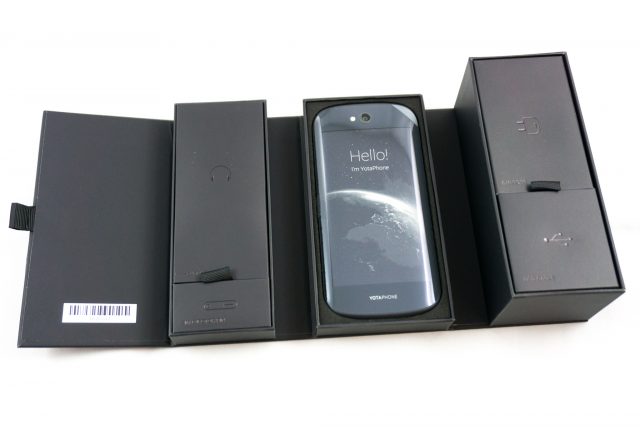
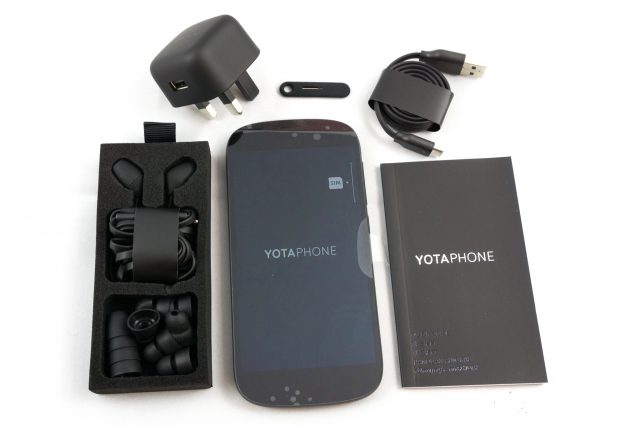
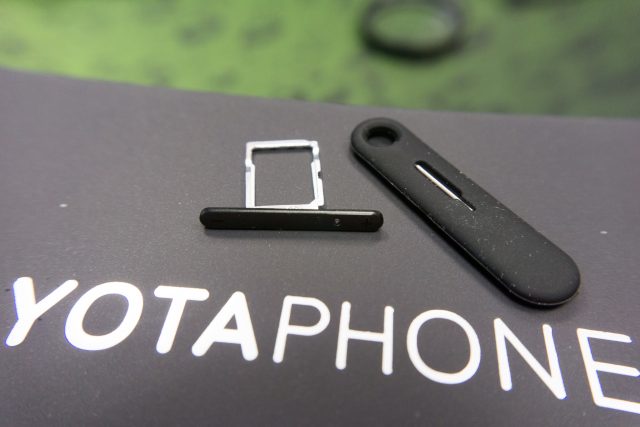
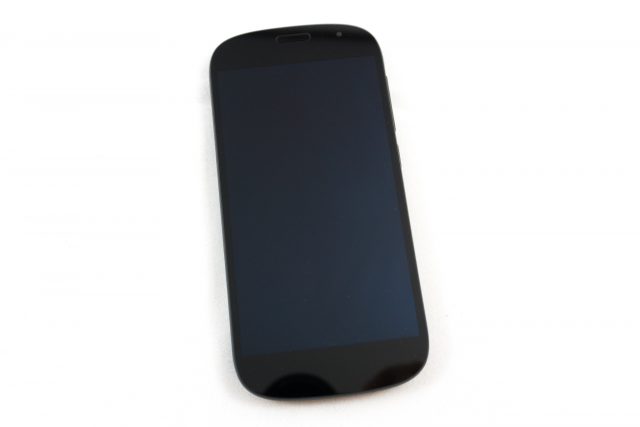
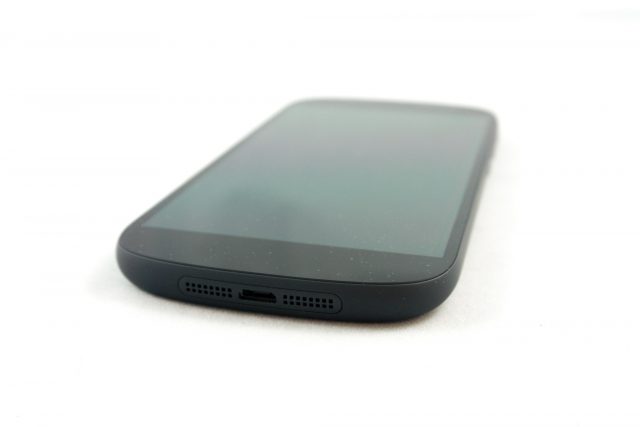
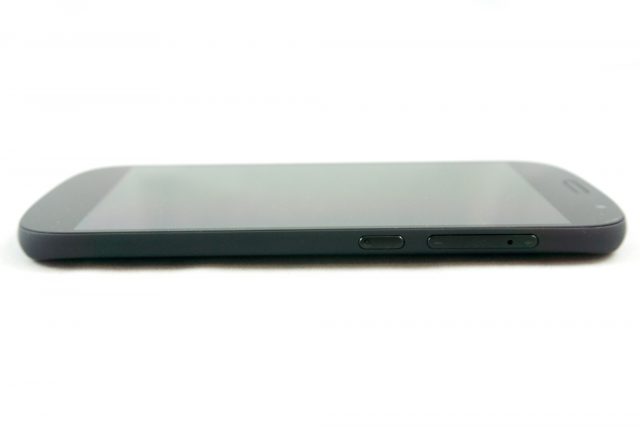
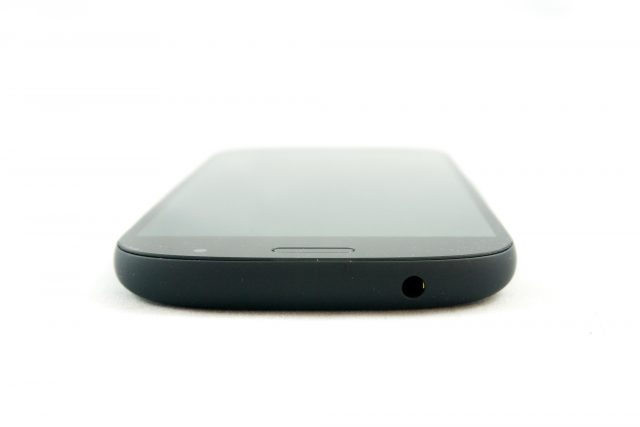
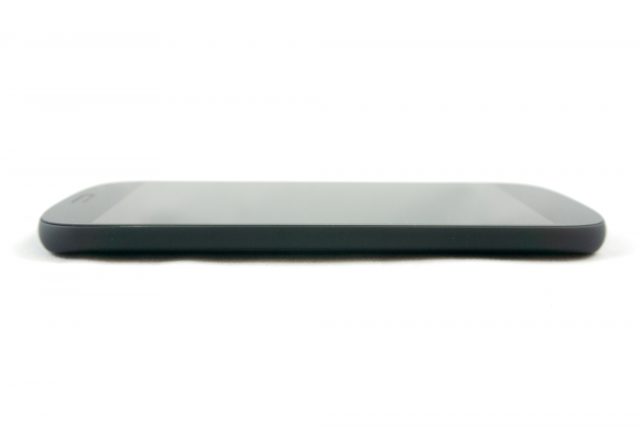
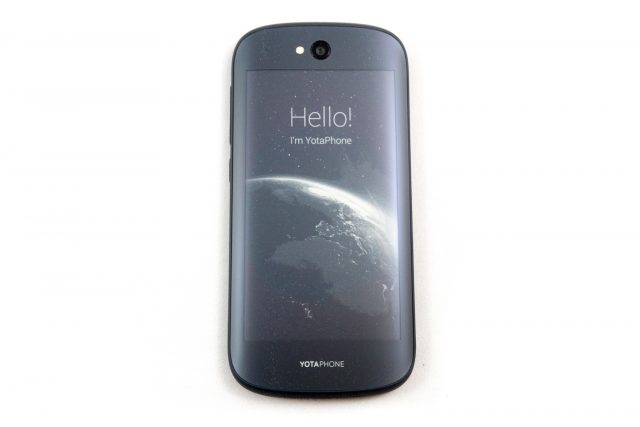
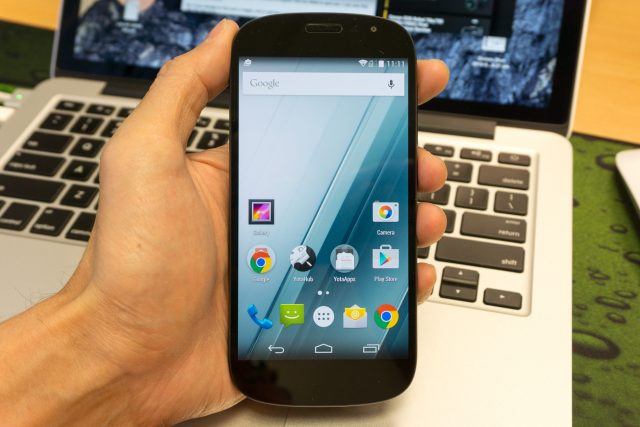
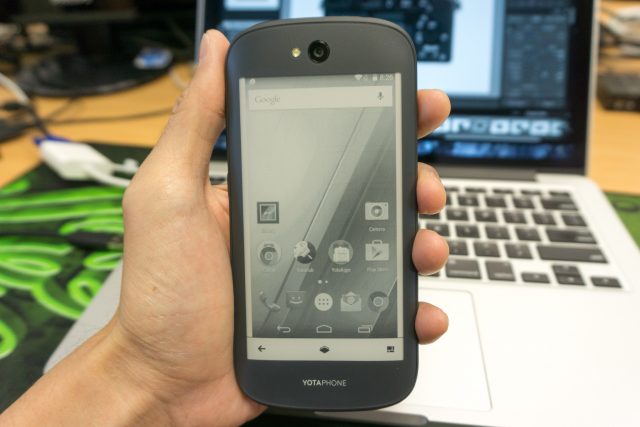
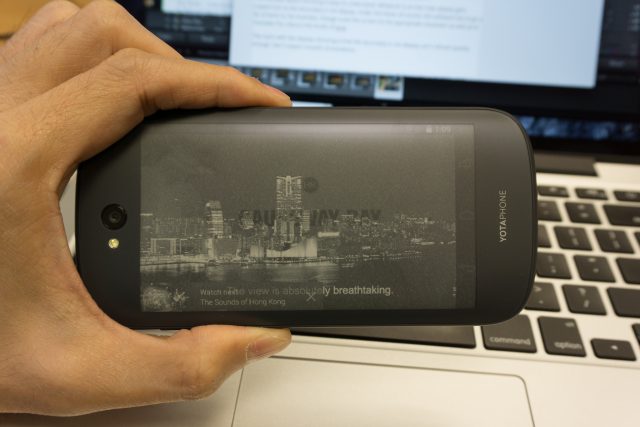
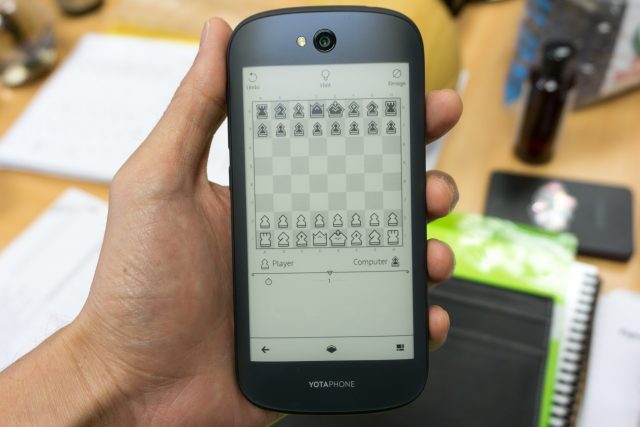
View Comment Policy